Engineering — is the practice of applying scientific and mathematical principles to real-life situations. While scientists typically get all the credit for all of humanity’s scientific achievements, it’s actually engineers who create the things that make it all possible, from complex laboratory equipment to large-scale urban projects. Some of the best engineers ever were also distinguished scientists, even if their names are now largely lost to history.
10. Martha Coston

Night flares were an important means of communication in the early days of modern warfare, especially before the advent of radio and other electronic means of communication. Designed and patented by Martha Coston in In 1859 , they were used with great success during the American Civil War. The system of flares and codes was eventually adopted by militaries around the world, paving the way for the sophisticated flare systems that are still in use today.
Surprisingly, Coston never intended to become an engineer or inventor, as it was her late husband, Benjamin Franklin Coston, who originally came up with the design. However, his version didn't work, and Martha basically came up with a working model herself. Some historians believe her signal flares were crucial during civil war , as the Union Army was the first major customer to purchase them in bulk.
9. Filippo Brunelleschi

Filippo Brunelleschi was one of the pioneers of architecture in the earliest stages of the Italian Renaissance, and is sometimes even called the first modern engineer. Brunelleschi played a huge role in the modern scientific approach to infrastructure design, breaking away from the more decorative architecture that had previously been prevalent in Europe.
Filippo Brunelleschi's most famous masterpiece was the dome of the Cathedral of Santa Maria del Fiore in Florence, built using machines he invented specifically for the job. goals . Its geometric approach to architecture , based on proportions, laid the foundation for many Italian engineers and inventors after him. In addition to engineering, Brunelleschi was also accepted into Art of the Set - or the Silk Guild of Florence - as a master, since he was also an accomplished goldsmith and sculptor.
8. Hedy Lamarr
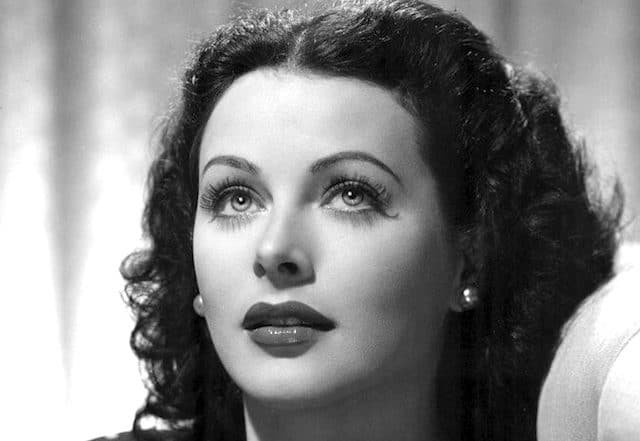
Hedy Lamarr was an Austrian-born American actress who is still remembered for her roles in such classic films as Algeria" , "Samson and Delilah ", "Come live with me " and many others. She is often called one of the most beautiful actresses of all time, she inspired such iconic cartoon characters as Snow White And Catwoman However, much less well known is her contribution to modern science, as Lamarr was also a gifted engineer and inventor of technology used in many communications systems today.
During World War II Lamarr came up with a system called frequency hopping that could be used to block enemy jammers from interfering with radio-controlled torpedoes. Although it was not used during the war, it was widely used by the U.S. Navy in the 1950s, although he was never credited for it at the time. The technology has since been used to develop innovations such as Bluetooth and GPS, as well as early WiFi systems. For her contributions, Hedy Lamarr was posthumously inducted into the National Inventors Hall of Fame in 2014 .
7. Jacques de Vaucanson
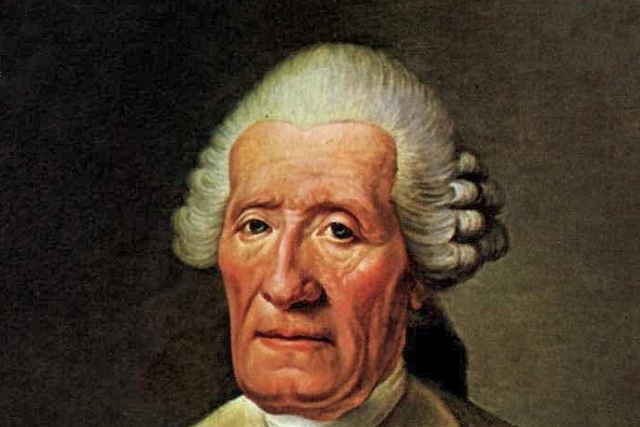
The list of things invented and designed by Jacques de Vaucanson is quite long. Born in 1709, he was a pioneer in the field of automata, and many of the machines that made the Industrial Age possible would never have been possible without his contributions. In 1737, Vaucanson built a life-size flutist that could play a total of twelve songs on a transverse flute, which was unheard of at the time. In 1738, he designed something called the "Digesting Duck" - a rather impressive replica of a duck with hundreds of parts that could flap its wings, eat, drink and even defecate, which is still considered a masterpiece of the time.
His most important invention, however, was the all-metal lathe machine with a support in 1750. Although lathes—a type of machine tool based on a pivot used to perform a variety of industrial tasks—had existed since ancient times, he was a significant improvement on the design for his age, providing a basic machine for building other machines. Almost every automatic machine used in the Industrial Age was based on Vaucanson's improvements, including jacquard loom .
6. Imhotep
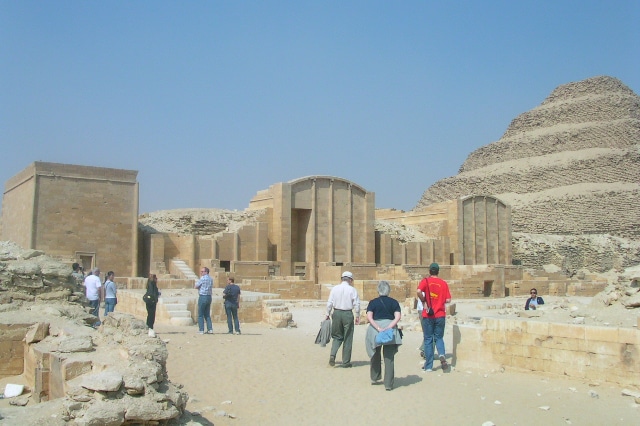
Yeah, the guy from "Mummy" took his name from a real guy. Let's get that out of the way first.
The real Imhotep lived and died so long ago that it is difficult to establish the exact details of his life, although some things are known. Archaeological evidence from later Egyptian sources places his achievements around 2600 BCE during the reign of Djoser of the Third Dynasty or First Dynasty of the Old Kingdom. He was an extremely important figure in Egypt and may even have been the first person to be deified and worshiped as a god… ever .
Beyond mythology, Imhotep was also the first architect – or at least the first architect to appear in historical records. We can see his imprint in some of the most impressive ancient Egyptian structures found in and around Cairo, especially the step pyramid complex dedicated to Djoser in Saqqara , which is called " Refreshment of the Gods "It was an unprecedented creation, created entirely under his supervision, using a style of building and columns covered in stone for the first time in history. Not only that, it was during this time that ancient Egyptian structures began to become more complex and sophisticated, suggesting that Imhotep may have played a larger role in ancient Egyptian architecture than we ever knew.
Imhotep was also a gifted physician and god, so it is difficult to say exactly how influential his work was, as archaeological evidence tends to exaggerate his accomplishments. However, Imhotep's tomb has never been found, and it may hold some clues to the exact extent of his engineering and scientific achievements.
5. Archimedes
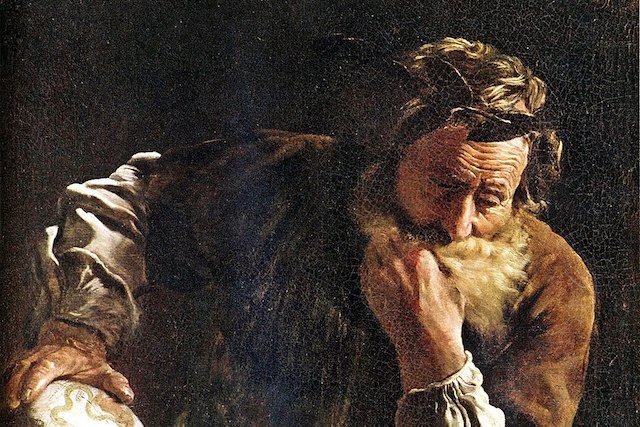
Born in 287 BC in Syracuse, Sicily, Archimedes was one of the greatest minds of classical antiquity. Although he is mostly remembered for his contributions to mathematics, especially early geometry, he was also one of the greatest engineers of his time, although he was always more interested in theorems and proofs than in actually building anything.
Many of Archimedes' greatest inventions were made during his reign king Syracuse Hieron II . He built a system of levers and pulleys that could easily launch large, newly built ships into the water using a simple mechanism. Archimedes is also credited with creating the first working odometer in history, an idea that was eventually adopted and improved upon by other inventors of the time. His creations also aided the war effort, as he built the giant Iron Claw to thwart invading ships during the Punic Wars. wars between Ancient Carthage and the Roman Republic, among other effective fighting machines.
4. Nikolaus August Otto

Nikolaus August Otto was born in 1832 in Holzhausen, Germany, and remains one of the most important inventors of the industrial age, even if most people today have probably never heard of him. While many While engineers and businessmen all helped invent the modern automobile in their own ways, Otto can be credited with developing the technology that made it all possible: the four-stroke internal combustion engine.
Built in In 1876 , Otto's engine improved in many ways on Etienne Lenoir's two-stroke system, providing the first working replacement for the steam engine then in widespread use. In his honor, the four-stroke combustion cycle, comprising four stages of intake, compression, combustion and exhaust, is still called the Otto cycle. His invention was used by Gottlieb Daimler in the design of the first motorcycle in August 1885 , as well as almost every type of automobile engine built since that time.
3. Fazlur Rahman Khan

Fazlur Rahman Khan is also sometimes referred to as the “father of tubular design” for tall buildings, as well as a pioneer of computer-aided design, or CAD, in modern architecture. One of the greatest engineers of the 20th century, Khan’s innovations are visible in modern skyscrapers around the world, even those he was not directly involved in, such as the first World Trade Center center in New York.
Born in Dhaka, Bangladesh, in 1929, Khan joined the renowned Chicago architectural firm Skidmore, Owings & Merrill in 1955. year . a structural system of tubes that minimized the amount of material needed for construction. The most famous works Fazlur Rahman Khan's landmarks include the Sears Tower (now Willis Tower) and the John Hancock Center in Chicago, and the Hajj Terminal at King Abdul Aziz International Airport in Jeddah, Saudi Arabia, among many others.
2. Ismail al-Jazari
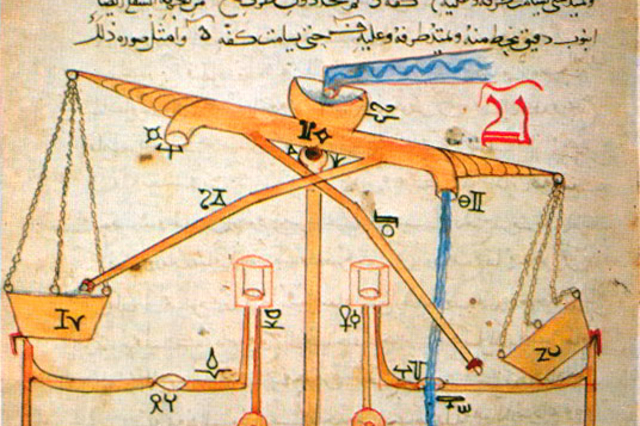
Ismayit al-Jazari was a prolific scholar. Golden Age of Islam — a nearly five-century period of scientific, cultural, and social revival in the Islamic world that began with the founding of the Abbasid Caliphate in the 8th century. Born in 1136, al-Jazari built on the work of other famous scientists and inventors from the region, and his inventions have since been credited with greatly influencing European inventors during the European Renaissance, such as Leonardo da Vinci, Vinci .
Although we know little about his early years — as many records from the time have been lost — we do know that during his lifetime, al-Jazari invented more than 50 types of unique devices, including a water clock for elephants and a mechanism for raising water for irrigation and other purposes, as well as many other types of automata. His inventions are illustrated in his outstanding work « The Book of Knowledge about Ingenious Mechanical Devices" , which remains an important treatise in early engineering to this day.
1. Charles Babbage
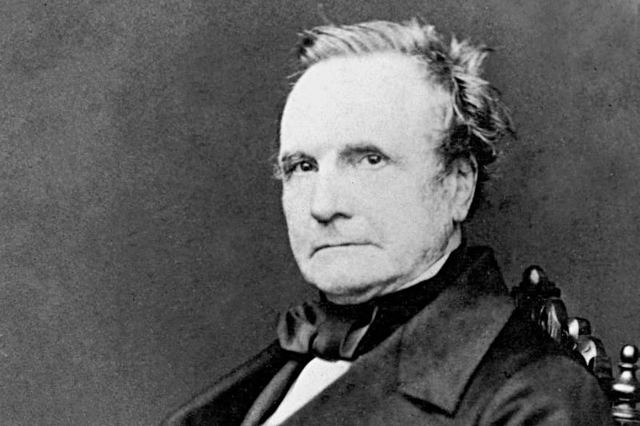
It is unclear exactly when and where Charles Babbage was born, although some sources suggest it was probably in London sometime around 1791. Unlike many of the other inventors on this list, Babbage never went to school and was largely self-taught in his early years. However, he was exceptionally good at algebra and calculus, which earned him a place at the prestigious Trinity College, Cambridge by 1811.
Throughout his life, Charles Babbage proved himself to be an important figure in the field of early computing. Of his countless contributions to mathematics and engineering, perhaps his most important was Difference engine , and later the Analytical Engine, which are now recognized as the earliest types of mechanical computers. His designs were so far ahead of their time that they could not have been built in his lifetime, as they were far superior to the technology available to him. However, later attempts to recreate the Difference Engine would prove successful, even though many of his other prototype machines remain unfinished to this day. Although he is now called the "father of computers" for his contributions to early computing, much of Babbage's work at that time never was supported his colleagues or the British government.



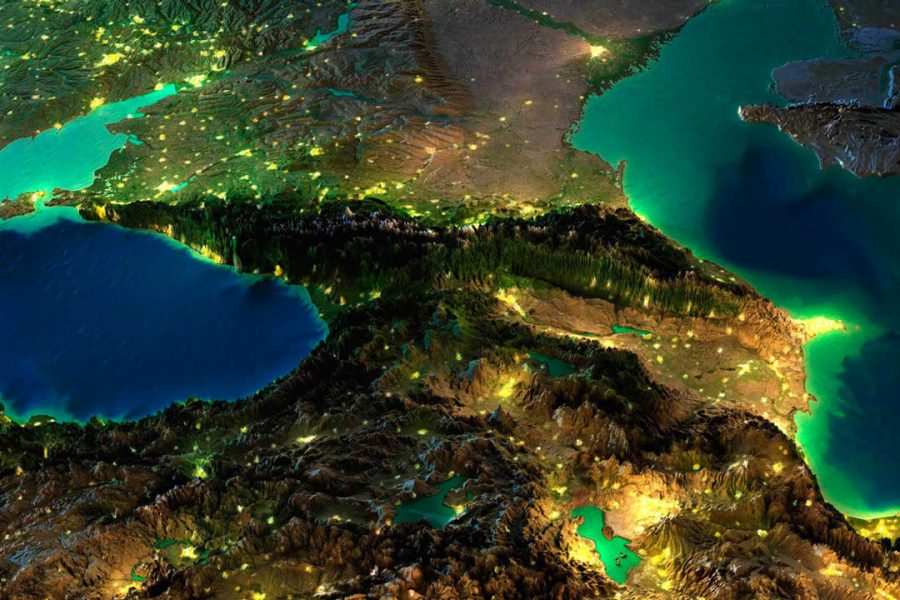






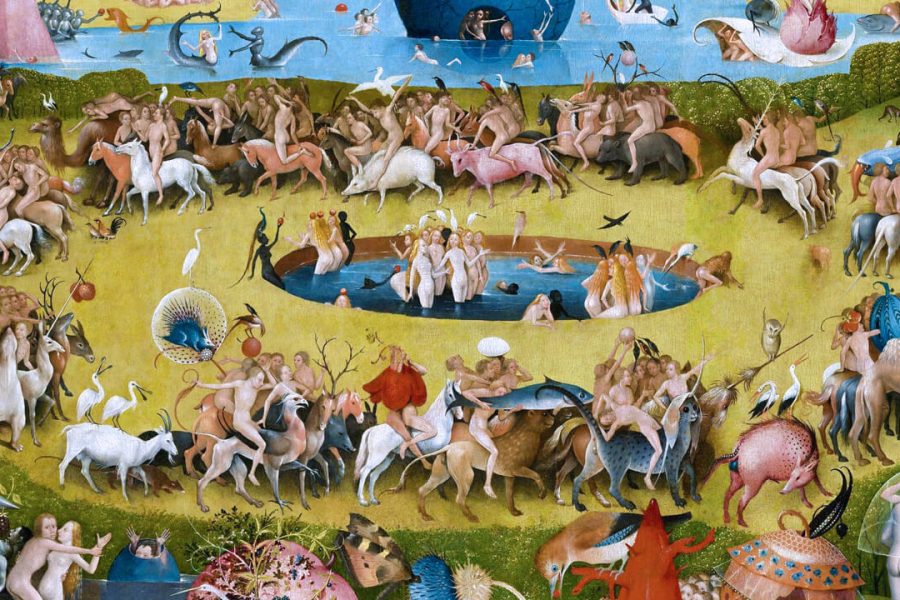


Оставить Комментарий